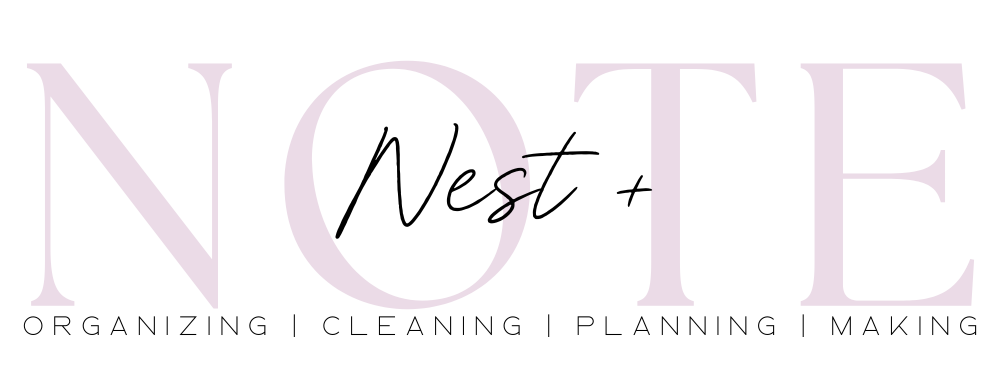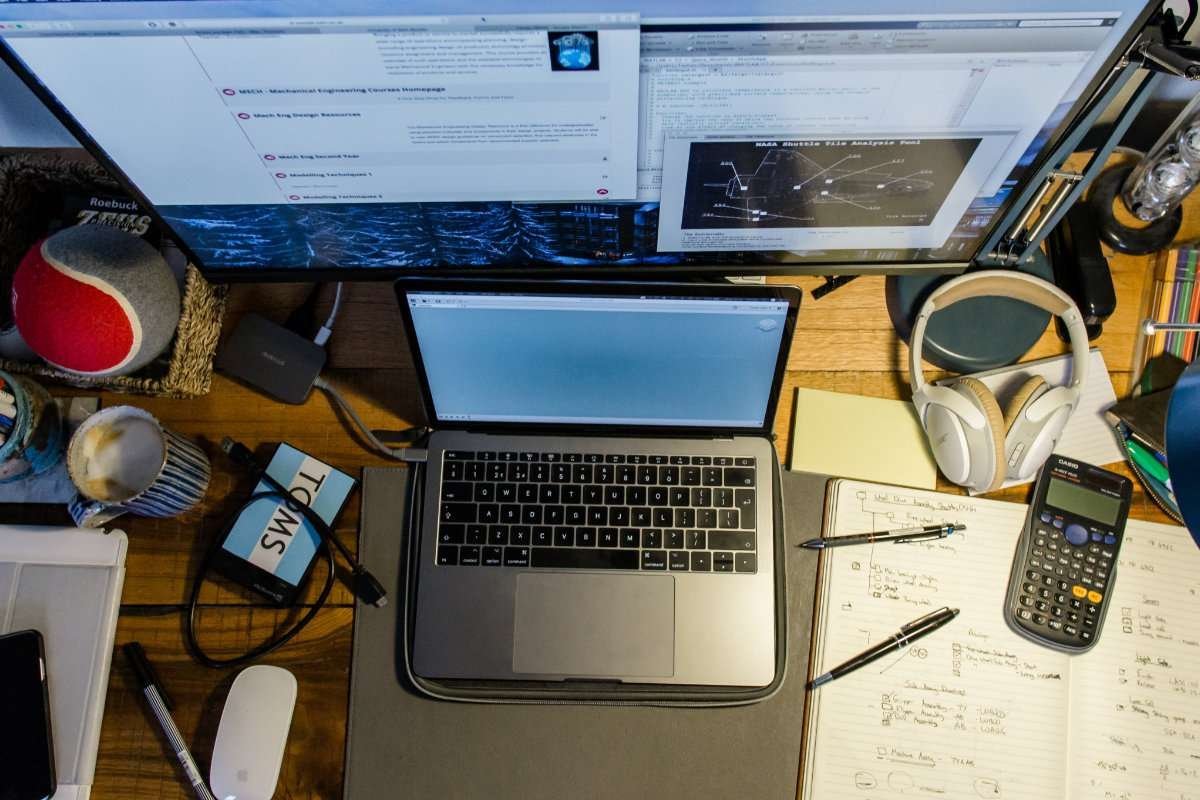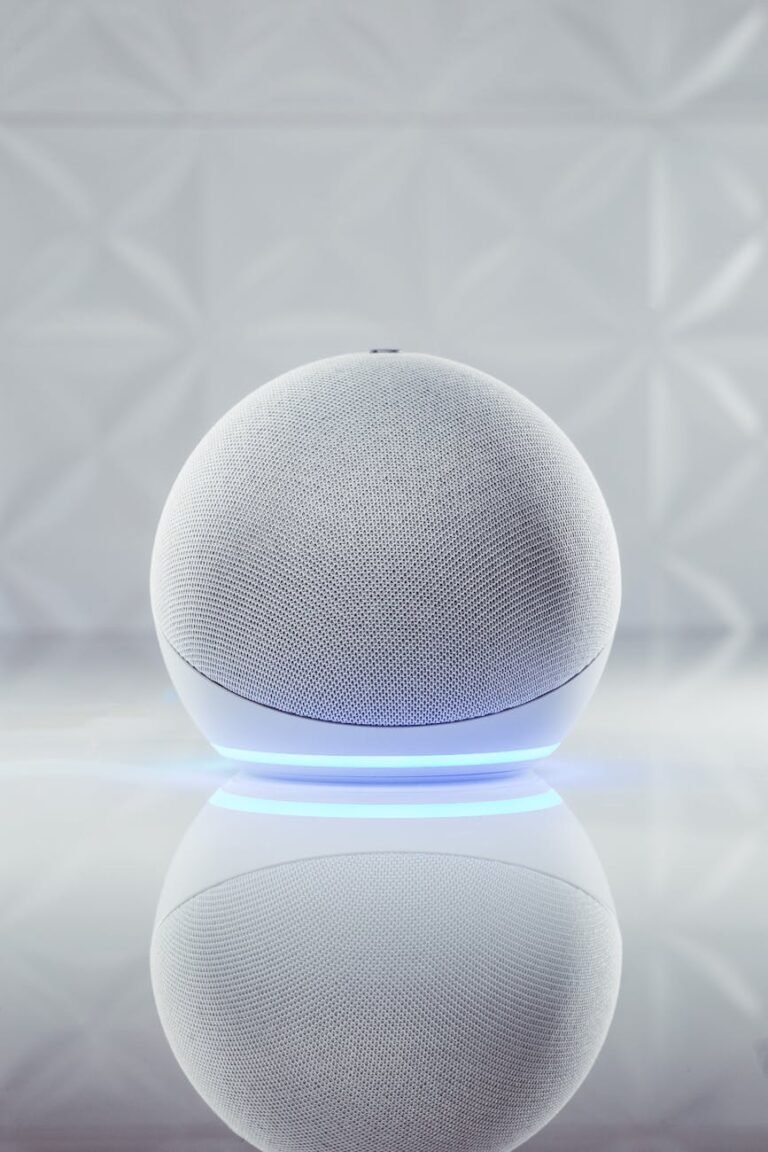Your Messy Desk + 27 Ways to Reclaim it
Depending on your personality and your work habits, clutter and disarray in your office, especially a messy desk, CAN absolutely affect your productivity. And when productivity is down, so are profits. Clutter can also cost you money if you replaced something that was later found under a stack of papers or in a random drawer.
As home-based business owners, we need to clear the clutter and turn our home office spaces into the C-suite.
If the idea of decluttering overwhelms you, enlist the help of a family member or friend. This may seem like a mountain of a task, but the end result will be well worth the effort.
Start with Small, Atomic Habits, then Go Bigger
The idea of starting with tiny habits is based on the book Atomic Habits by James Clear. The idea is to start a habit with the smallest amount of time and impact possible and then build on that daily. For instance, instead of trying to complete 20 push-ups a day, do just 1. After a week, go for 2 push-ups.
Aiming for 20 push-ups a day is intimidating, especially if you’re already out of shape. In all fairness, round is still a shape, but not a great one for humans (myself included). Instead of discouraging yourself with 20, complete 1 and work your way up to 20. Slowly but surely, you’ll notice your arm strength improving and then maybe you’ll be motivated to add 2 more every week.
This idea of atomic habits can be applied to any situation, including keeping your office and desk clean. Start small and build up over time.
1. Tidy your desk every night.
As a matter of habit, tidy your desk every night. Not a deep clean, but just a put away the papers and clear away your coffee cup cleaning. Deep cleaning of your office space is a weekly or bi-weekly thing.
2. Plan out the next day at the end of your workday.
Make a list of your most important tasks and any secondary tasks that need to get done the following day. Knowing what needs doing will help get you into the proper mindset and you won’t be scrambling aimlessly in the morning. I struggle with this, but I’m working toward doing this daily!
3. Empty your inbox.
How freeing it is to have zero emails at the end of the day! Of course, this means creating a filing system with folders and clear labels that you can easily manage (or delegate to an assistant to manage) but you’ll get in the habit of taking action with each email instead of letting it sit, taking up precious space.
4. Stand up and stretch every hour.
Your brain needs a break from sitting at a desk for long stretches as much as your body does. Stand, breathe deeply, raise your hands over your head, touch your toes, get back to work. Congratulations…you just spent 2 minutes re-energizing your brain, which improves mood and productivity.
5. Take 5 minutes to analyze your productivity.
At the end of each day, write down your accomplishments, what you had hoped to finish but did not and any roadblocks that stalled you. This isn’t a pity party; it’s simply a way to notice patterns of how you get knocked off the productivity wagon.
6. Commit to regular “brain dumps”.
Keep a notebook, or use an app, to record everything that’s on your mind throughout the day. It can be the tiniest of errands to big problems that need solving. Get it down on paper or in a voice record. Now, look at that paper, or listen to the voice record, and sort out your next steps. Sort the errands all together; then schedule time to do them or delegate them to a family member or assistant. If they’re notes about future projects, get them on your calendar or store this list in your binder. You should feel lighter and more relaxed once everything is acknowledged on paper.
7. Turn off your notifications for part of the day.
Multitasking is difficult even for the most disciplined people and constant notifications will just distract you. Set time limits for checking emails and direct messages from clients. Keep your social media notifications off and delegate your VA (if you have one) to answer on your behalf during your business hours.
8. Practice using positive visualization.
Similar to mediation, positive visualization is about seeing yourself as though you have reached your goal already. Notice the lifestyle you’re living. Notice the office space you’re in. When you see yourself in this light, your goal feels more realistic.
9. Set boundaries.
If it doesn’t have to do with work, it doesn’t belong on your desk or in your office. Learning to say no to people is also a way to set boundaries. Tell a prospect no, you’re not the right coach or VA for them. Tell a JV partner that you’re not quite ready for this venture now. Say no to a client who wants support above and beyond what they’re paying for each month.
10. Label everything…including your cords.
Stop wasting precious time searching through cartons for that book of ideas or those old tax returns. Even if you use those fancier binders and storage boxes to keep on your shelves, slap a label on it before putting them away. Is your surge protector filled with cords, but you have no idea what they are attached to? Label them as well with either bread tags or plastic labels.
11. Give everything a home.
Don’t just leave those pens or highlighters on your desk; put them back where they belong. If they don’t currently have a home, create one. If you need drawer organizers to prevent another mess from occurring, make the purchase or DIY a solution. If you want them to stay on the desk, consider getting an attractive pen holder that can sit on your desk.
12. Use notebooks to jot down business notes.
Not everyone is a tech junkie. For those who prefer old fashioned pen and paper for taking notes, use labelled notebooks instead of post it notes. Notebooks eliminate clutter and can be stored neatly on a shelf for future reference.
13. Hire a professional organizer.
Enlist the experts instead of making guesses about what organization methods will work best for you. An objective third party can offer more subjective advice.
14. Start with just one corner.
Don’t look at the whole picture…yet. Choose a corner and tackle only that clutter. Go armed with a garbage bag and a file box.
15. Sort through paper first.
Paper seems to make the biggest mess so take a pile and sort it into Business, Personal and Shred. You’ll find a way to store these papers after they’re sorted.
16. Find a shredding service.
With the ease of identity theft these days, it’s absolutely necessary to shred documents that include personal information, especially medical bills, insurance papers and credit card statements. Not only are you saving yourself time by hiring an expert, but you can rest easy knowing your personal information won’t be stolen.
17. Take out anything that’s NOT business related.
Hang personal photos or artwork on the wall but move family photo albums, clothing donation bags or anything else that doesn’t have a purpose out of your office. Once they’re in another room you can decide if they’re things to keep, trash or donate.
18. Utilize shelves or bookcases.
Once the paper is sorted and off the desk, take a quick inventory of what else is taking up precious space. Can these items be sorted together? Is there a way to store them on a shelf? Shelves can get messy, too, but since they’re smaller, they’re easier to tame if a mess starts accumulating.
19. Let a timer motivate you.
Set that timer on your phone and get moving! See how fast you can tackle your desktop or another corner of your office. Work until the timer goes off, rest for 5-10 minutes, then get back to work.
20. Go paperless.
If paper is the bane of your existence, then contact whoever is sending you paper and request to receive receipts and statements electronically. You should still implement a label and filing system on your computer to store them so at least they won’t be cluttering your desk.
21. Embrace automation.
If you can do it, there’s an app to track it. Look around at the remainder of what’s on your desk. Is there an app to replace any of those physical items? More importantly, will you USE the app as a replacement?
22. Keep your physical inventory to a minimum.
If you sell physical products, purchase what your budget allows and keep a minimum in your office. If necessary, rent a storage unit to keep the overflow safe yet out of the way.
23. Add inspiring touches to your walls.
Hang your vision board where you can see it every day. Hang family photos or other favourite quotes or artwork so you’re inspired to reach your goals. Instead of filling up the space you just emptied, ask yourself if these items are necessary for your business and your productivity. Also ask if they bring you joy. That’s Marie Kondo’s famous line and she believes that we shouldn’t keep anything that doesn’t bring us joy or spark happy memories.
24. Schedule weekly decluttering sessions.
While the grand idea is to keep everything in its place and NOT in a swarm of clutter, life happens, things get busy and you forget or don’t have time to keep up with some of these processes. Instead of getting hard on yourself, simply use the weekly decluttering task to stay on top of it.
25. Determine the purpose of your workspace.
Is this your escape from the chaos that is your home, or do you want to grow to a 6-figure business here? Will you host clients in this space or is your business strictly online? How you use this space will determine how to organize.
26. Rearrange your office layout.
Unless you’re working out a closet office and literally have limited space, maybe it’s time to try your desk in a different location. Which supplies or tools do you use regularly? Store those within easy reach. Do you record videos for your marketing? Take the time to create a pleasing backdrop that won’t distract your viewers.
27. Last but not least…clean your office regularly.
Get some cleaning wipes and wipe all your surfaces, then mark it on your calendar to do weekly. You cannot be productive and lead your business to great things if you’re sick and battling germs from lack of cleaning. If you can’t spare time to clean and disinfect, hire a cleaning service or pay your teenager an allowance to do it.
Yes, you CAN get organized and improve your productivity at the same time. It’s a challenging task – even if you hire help – but the results are well worth it.
Discover more from Nest + Note
Subscribe to get the latest posts sent to your email.







